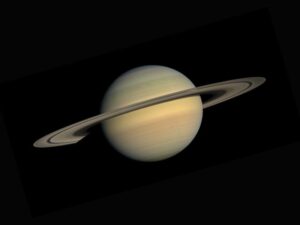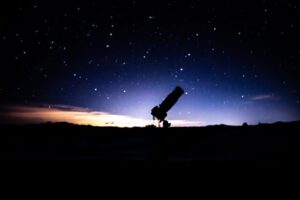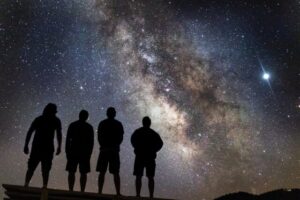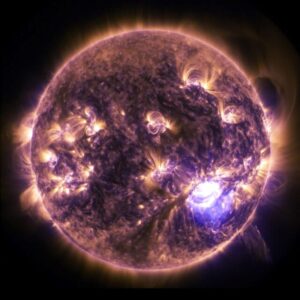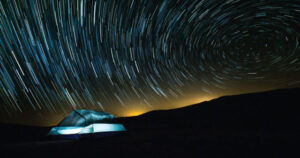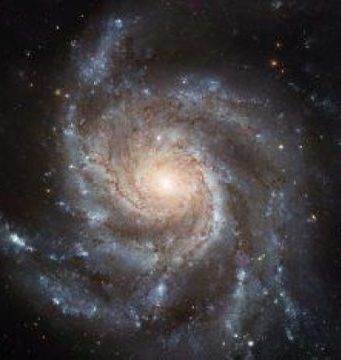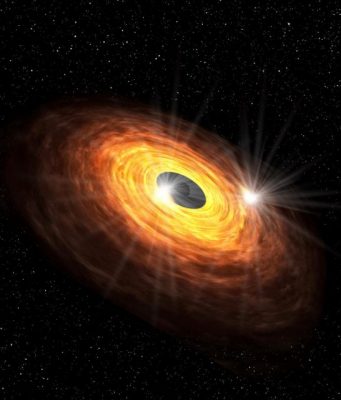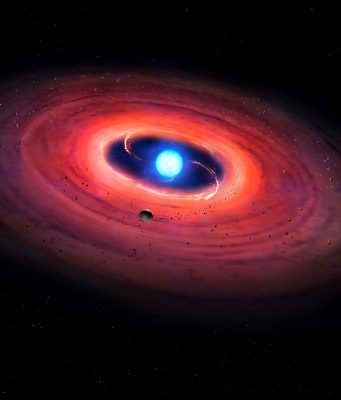The solar system was formed from a protoplanetary disk consisting of gas and dust. Since the cumulative mass of all objects beyond Neptune is much smaller than expected and the bodies there mostly have inclined, eccentric orbits, it is...
Three billion miles away on the farthest known major planet in our solar system, an ominous, dark storm - once big enough to stretch across the Atlantic Ocean from Boston to Portugal - is shrinking out of existence as...
Credit: University of Notre Dame
Using colors to identify the approximate ages of more than 130,000 stars in the Milky Way’s halo, University of Notre Dame astronomers have produced the clearest picture yet of how the galaxy formed more than...
An artist's concept of the distribution of the ambient gas around IRAS 16547-4247. The central high-density gas cloud is thought to contain multiple high-density protostars. Two outflows of gas spurt from the central part in the vertical and horizontal...
In the heart of an active galaxy, matter falling toward a supermassive black hole generates jets of particles traveling near the speed of light.Credit: NASA's Goddard Space Flight Center Scientific Visualization Studio
When the universe was young, a supermassive black...
An artist's drawing a black hole named Cygnus X-1. It formed when a large star caved in. This black hole pulls matter from blue star beside it.Credit: NASA/CXC/M.Weiss
One of the biggest problems when studying black holes is that the...
A familiar ingredient has been hiding in plain sight on the surface of Jupiter's moon Europa. Using a visible light spectral analysis, planetary scientists at Caltech and the Jet Propulsion Laboratory, which Caltech manages for NASA, have discovered that...
The star Kepler 11145123 is the roundest natural object ever measured in the universe. Stellar oscillations imply a difference in radius between the equator and the poles of only 3 km. This star is significantly more round than the...
Young galaxies blaze with bright new stars forming at a rapid rate, but star formation eventually shuts down as a galaxy evolves. A new study, published January 1, 2018, in Nature, shows that the mass of the black hole...
One year ago this week astronomers discovered an unusual object moving through space not too far from the Earth's orbit. In just a few days they realized it could not be a normal asteroid or comet – its path...
Scientists looking for signs of life beyond our solar system face major challenges, one of which is that there are hundreds of billions of stars in our galaxy alone to consider. To narrow the search, they must figure out:...



